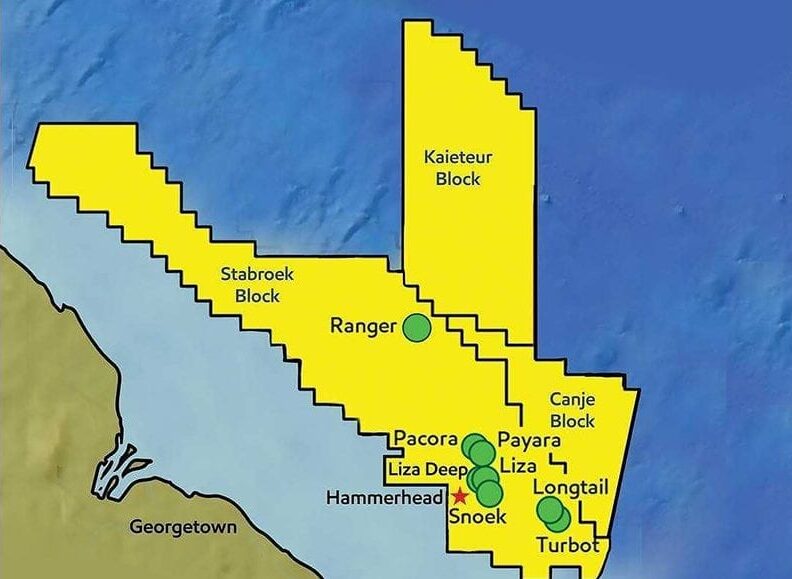Guyana’s Environmental Protection Agency (EPA) on November 11 published a statement providing clarity on an issue after a local newspaper claimed it was “moving ahead” with ExxonMobil’s Hammerhead project despite the fact that the government paused its search for a company to review the field development plan (FPD).
The Ministry of Natural Resources had earlier issued a notice to seek expressions of interest from companies interested in reviewing the project proposal, including the FDP and environmental impact assessment (EIA). However, since ExxonMobil has not yet submitted the FDP and EIA, Vice President Bharrat Jagdeo instructed the Ministry to rescind the notice until such time that all requisite documents are submitted. According to the Ministry of Natural Resources, ExxonMobil expects to submit the FDP by the first quarter of 2025.
The EIA is also in the works. Exxon had applied for environmental authorization and was instructed by the EPA to provide an EIA.
In its statement, the EPA clarified that, while it is an agency of the government, it does not have the mandate of “moving ahead” with the project on behalf of the government of Guyana.
“The EIA is essentially an information gathering and planning tool, which then helps to inform the Government of Guyana in its decision-making process in relation to whether or not to approve a given project,” the EPA stated.
The EPA emphasized that it performs independent regulatory functions.
Alongside the EPA’s role, the Ministry of Natural Resources must review ExxonMobil’s proposal and decide on whether to issue a production license to the company. Typically, the EPA completes its review first and, if deemed appropriate, grants an environmental permit. Subsequently, the government decides on the production license, considering the FDP and the findings of the EIA.
Drilling at Hammerhead-4 to reinforce confidence in project design – Routledge
The proposed Hammerhead project is expected to produce oil between 120,000 and 180,000 barrels per day (b/d), although the specific production rate has not been finalized. Though gas from other projects is mostly being reinjected to maintain optimum oil recovery, Exxon is considering bringing Hammerhead’s associated gas to shore. This would provide an additional stream of gas for the government’s Gas-to-Energy project.
If the Hammerhead Project receives approval and ultimately achieves first oil by 2028, it would bring total offshore oil production in Guyana to approximately 1.4 to 1.5 million b/d, operating simultaneously with six other projects. ExxonMobil aims to secure approval for the Hammerhead project by mid-2025.



